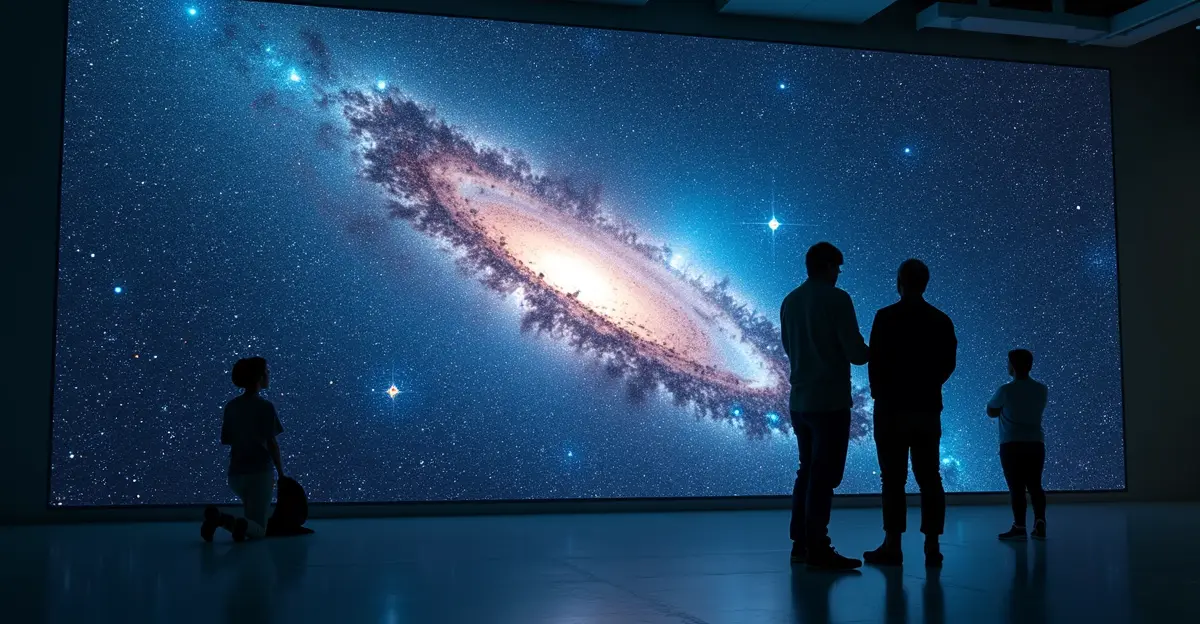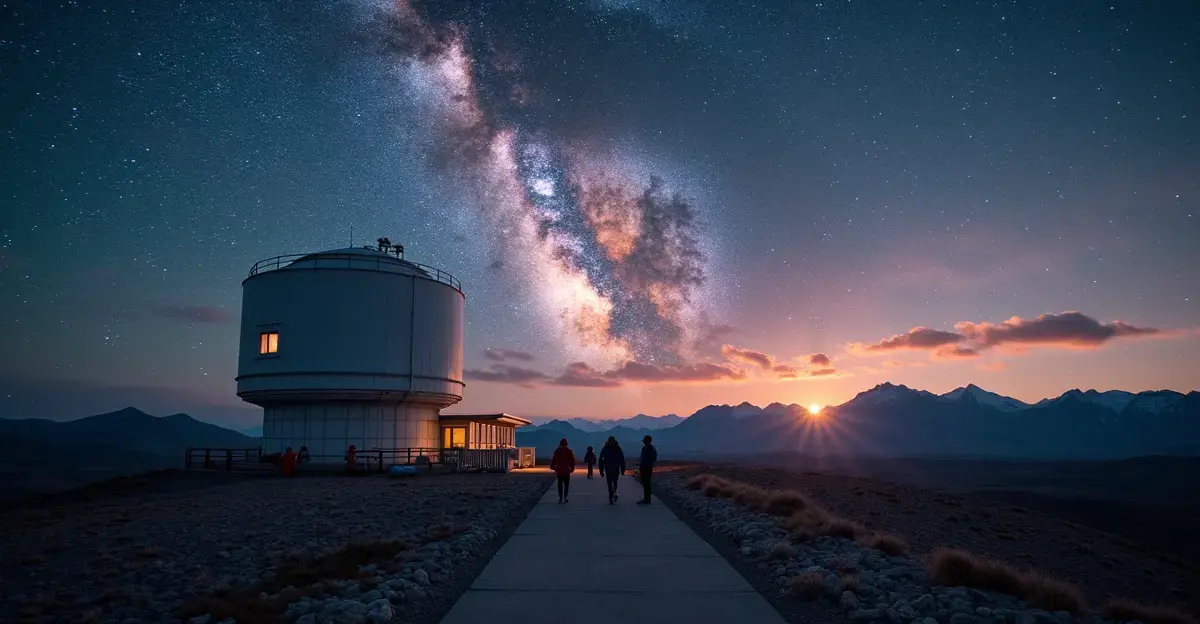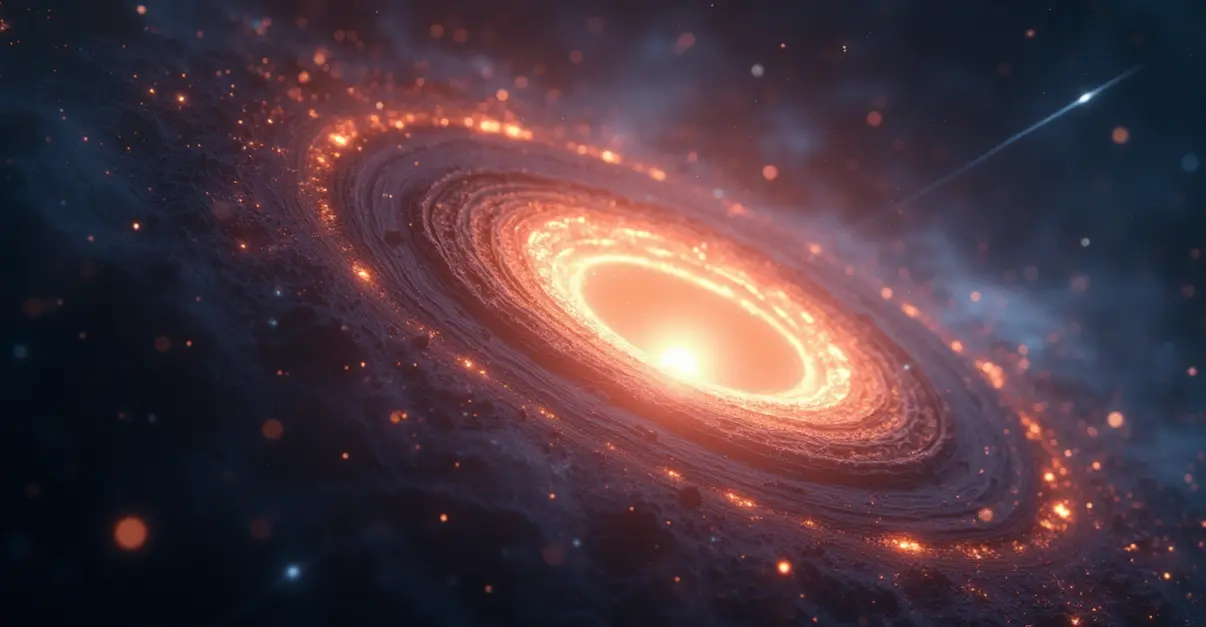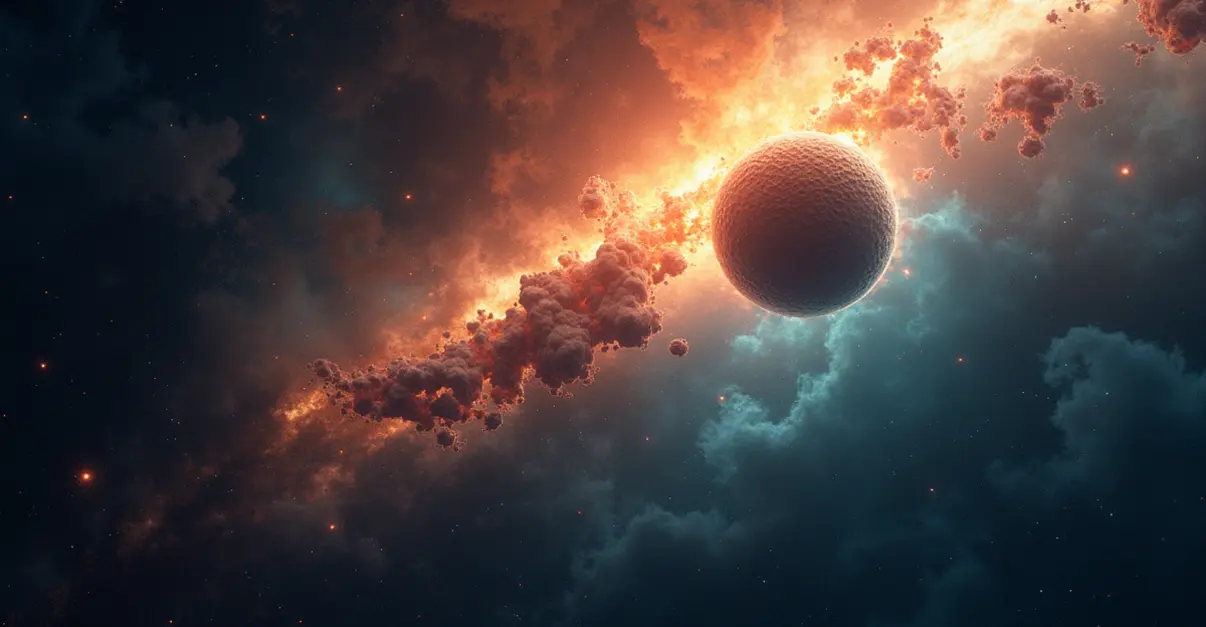Scientists create largest Milky Way simulation using AI, tracking 100 billion stars across 10,000 years. The breakthrough combines deep learning with supercomputing, running 100 times faster than previous methods.

Breakthrough in Galactic Modeling
Scientists have achieved a monumental breakthrough in astrophysics by creating the largest and most detailed simulation of our Milky Way galaxy ever produced. Using artificial intelligence and supercomputing power, researchers can now track over 100 billion individual stars across 10,000 years of galactic evolution - a feat previously considered computationally impossible.
Overcoming Computational Barriers
The key innovation lies in how the research team, led by Keiya Hirashima at RIKEN's Center for Interdisciplinary Theoretical and Mathematical Sciences, tackled the fundamental challenge of multi-scale physics. 'The problem has always been that galaxies evolve over billions of years, but crucial events like supernovae happen on timescales of years to thousands of years,' explained Dr. Hirashima. 'Traditional simulations had to take tiny time steps whenever a supernova occurred, making billion-year simulations practically impossible.'
AI-Powered Supernova Prediction
The breakthrough came from training a deep learning neural network to predict how gas expands after supernova explosions. Instead of calculating each explosion step-by-step, the AI system can instantly forecast the gas distribution after 100,000 years. This allows the main simulation to continue with large time steps while the AI handles the complex physics of stellar explosions in the background.
The team used Japan's powerful Fugaku supercomputer along with the Miyabi system at The University of Tokyo to run the simulation. The results are staggering: the new model represents 300 billion particles (stars, gas, and dark matter) - more than 300 times the previous record holder.
Unprecedented Speed and Scale
The computational improvements are equally impressive. 'What used to take weeks now takes just hours,' said a team member from the University of Tokyo. 'We can simulate one million years of galactic evolution in less than three hours, compared to the 36 years it would take with conventional methods for a billion-year simulation.'
This speed increase of more than 100 times makes it possible for the first time to model the entire Milky Way at individual star resolution. The simulation includes 7 million CPU cores working in parallel, creating the most comprehensive view ever of our galactic home.
Scientific Implications and Limitations
The implications for astronomy are profound. Researchers can now trace how elements essential for life - carbon, oxygen, and iron - spread through the galaxy via supernova explosions. 'This helps us understand how the building blocks of planets and life itself became distributed throughout the Milky Way,' noted an astrophysicist from Universitat de Barcelona who collaborated on the project.
However, the researchers acknowledge limitations. The AI model is trained on specific conditions and provides approximations rather than exact calculations. Also, while it handles supernovae efficiently, other complex processes like black hole formation and star birth from gas clouds still require traditional computation methods.
Broader Applications
The technology has applications beyond astrophysics. The same AI-accelerated approach could revolutionize climate modeling, weather prediction, and other fields requiring integration of processes across different scales. 'This represents a fundamental shift in how we tackle multi-scale, multi-physics problems,' Dr. Hirashima emphasized. 'AI is moving beyond pattern recognition to become a genuine tool for scientific discovery.'
The research was presented at the SC '25 supercomputing conference and marks a new era in computational science, where artificial intelligence and traditional physics simulations work together to unlock mysteries of the universe that were previously beyond our reach.

 Nederlands
Nederlands
 English
English
 Deutsch
Deutsch
 Français
Français
 Español
Español
 Português
Português









